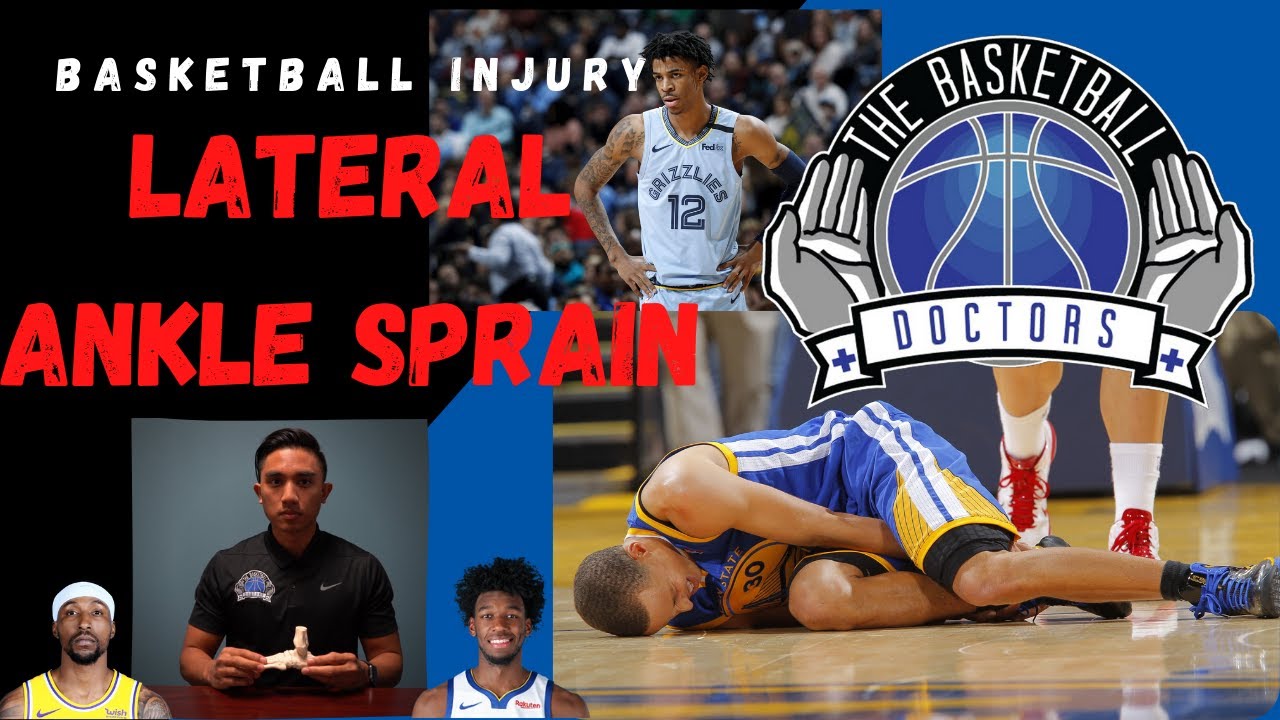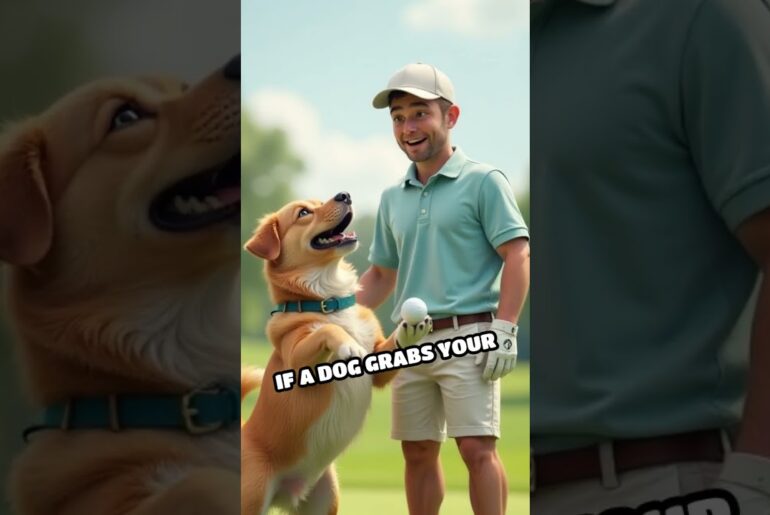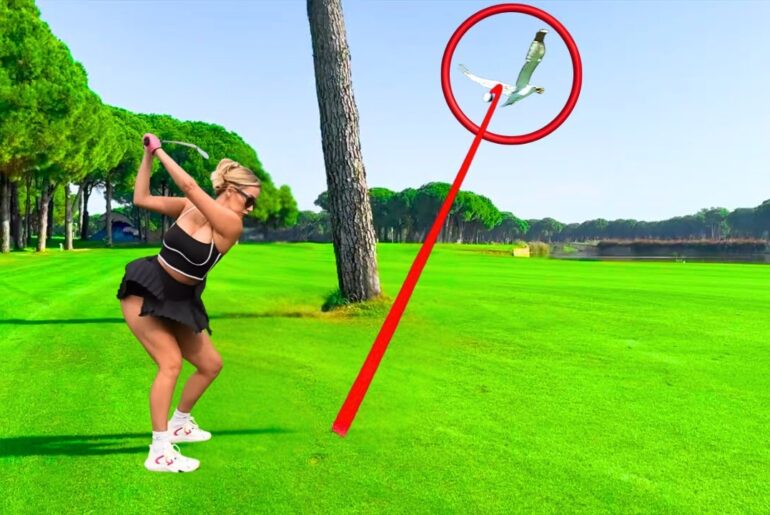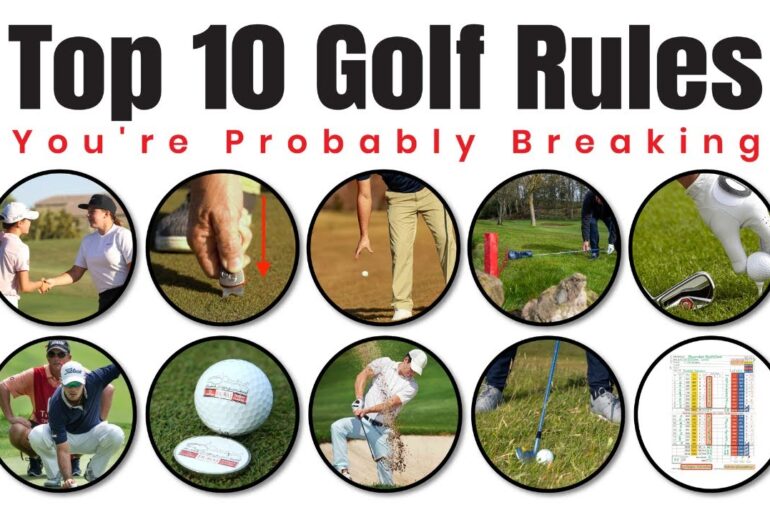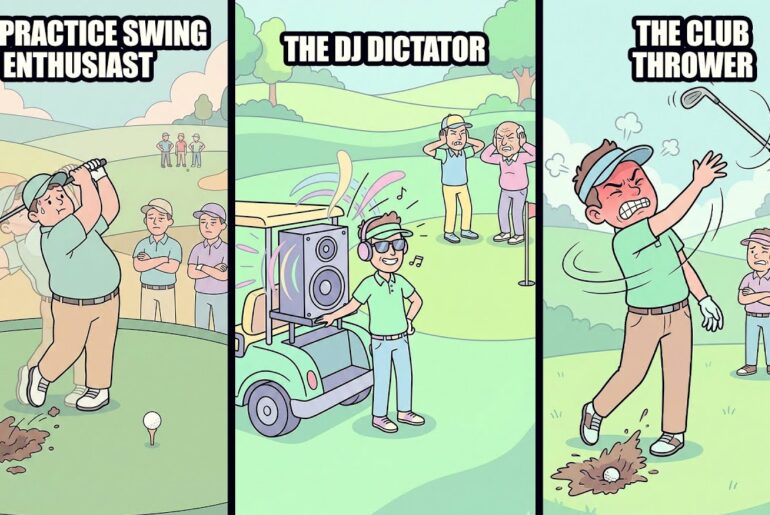Have you ever rolled/sprained your ankle before? Do you know what is actually injured or damaged? What is the most common way to have this injury? Ever wonder how long it takes to recover from this injury? What happens if you don’t rehab appropriately?
Time Stamps:
1:20 Anatomy of Ankle
1:54 Ligaments of Lateral Ankle
4:01 How Lateral Ankle Sprains Happen (Mechanism of Injury)
5:50 Should I get an X-Ray?
8:28 Grades of Lateral Ankle Sprain (Grade 1 – Grade 3)
11:03 Prognosis: How long will I be out for?
12:25 Persistent Issues following a Lateral Ankle Sprain
13:42 Risk Factors
14:24 Quick Summary
Ankle sprains are the most common lower extremity injury that occurs at all levels of basketball, and only 55% of athletes seek out advice from a health care provider on proper rehab. As a result, ankle sprains may lead chronic instability and prolonged issues, such as pain, instability, weakness, stiffness, swelling, and crepitus, for up to 3 years.
The most common ligament that is injured is the anterior talofibular ligament (ATFL), which is 1 of 3 main lateral ligaments, that is graded from grade 1 to grade 3 dependent on severity of damage to the ligament. Prognosis is typically given based on tissue healing properties, but returning to sport/activity are individualized based on level of play, timing of season, tolerance to activity, rehabilitation, genetics, and other factors.
To help the basketball community we created this video to help educate on important information related to lateral ankle sprains. Furthermore, we developed a 4-week Ankle Sprain P/Rehab program that complied the most up to date research and years of combined clinical experience that have allowed our athletes to have a successful rehab and return to sport.
Click the link below see the details of our program!
RESEARCH REFERENCES
Hubbard et al ” Ankle ligament healing after an acute ankle sprain: an evidence-based approach. Journal of athletic training 2008.
Huh et al “Two-Week Joint Mobilization Intervention improves self-reported function, range of motion, and dynamic balance in those with chronic ankle instability. Journal of Orthopedic Research 2012
Lloyd Jacob Evans, Angela Clough. Prevention of ankle sprains: A systematic Review 2011
O’Donnell, Michael. Education and Intervention for Musculoskeletal Injuries: A biomechanics Approach. Understanding Injury, Health, and adaptations of the musculoskeletal system. 2012
Plisky, Phillip et al. Star excursion balance test as a predictor of lower extremity injury in high school basketball players. 2006.
Rogier M et al. “What is the clinical course of acute ankle sprains? A systematic literature review. The American Journal of medicine 2008.
Sivakumar et al. Effectiveness of proprioception training and mulligan’s mobilization in subjects with lateral ankle sprains
Stiell I. Ottawa ankle rules. Can Fam Physician. 1996;42:478-480.
ABOUT THE BASKETBALL DOCTORS
Co-Founders:
– Gabe Ignacio PT, DPT, OCS, TPI
– Marco Lopez PT, DPT, CSCS
Doctors of Physical Therapy
University of Southern California Graduates
Orthopedic Clinical Specialist
Strength & Conditioning Specialists
Tagline: BALL FOR LIFE
Our Mission: To empower the basketball community with evidence-informed information relevant to injuries, rehabilitation, and injury prevention, as well as, optimizing movement to enhance performance of athletes at all skill level
LINKS
info@thebasketballdoctors.com
Instagram:
Tiktok:
Facebook:
Free 10-minute Discovery Call:
DISCLAIMER
This channel is for EDUCATIONAL PURPOSES ONLY, not medical advice. The Basketball Doctors assume no responsibility or liability for any injury, loss, or damage incurred as a result of any use or reliance upon the information and material contained within or downloaded from its website. The Basketball Doctors are unable to provide any warranty concerning the accuracy or completeness of any information contained herein. The information provided in the videos are by no means complete or exhaustive, and, therefore, does not apply to all conditions, disorders, and health-related issues. The information is not intended to be physical therapy, medical advice, or treatment. Any reference to or mention of any particular diagnoses or dysfunctions is intended for informational purposes only and not an attempt to diagnose your particular problems.
Always seek the advice of your physician or other qualified healthcare providers before starting any new treatment or discontinuing an existing treatment. Never disregard your doctor’s medical advice or delay in seeking it as a result of this video. Reliance on any information provided by The Basketball Doctors is solely at your own risk.

